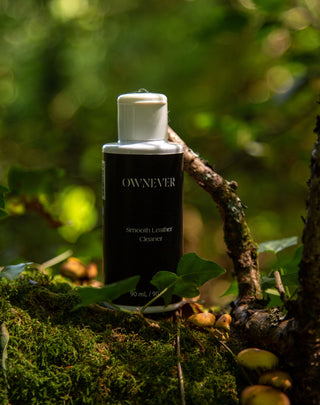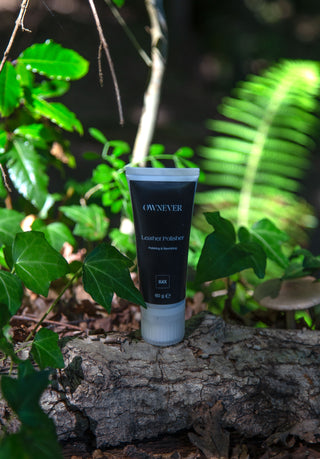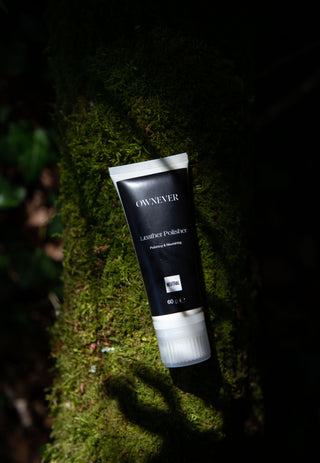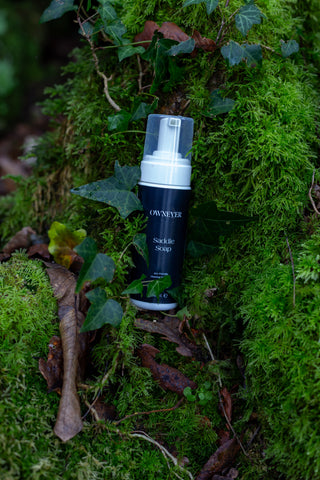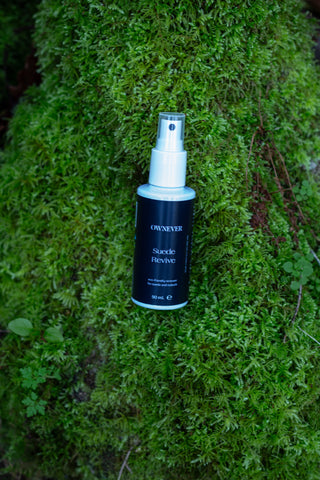Leather handbags, like any other leather goods, require proper care to maintain their quality, durability, and appearance over time. Leather is a natural material that can be affected by a variety of factors such as exposure to sunlight, heat, moisture and dirt.
How to treat a leather bag
Everyday Care
Extending the life of your leather accessories for years and avoiding unnecessary wear and tear can be achieved by adhering to a few simple rules of day-to-day care.
To preserve the original shape of your handbag, it's important to avoid overfilling it as leather can stretch and deform.
To avoid scratches, take care with the contact with embellished clothes with sequins, sharp surfaces, or chunky jewelry.
To maintain the quality and longevity of your leather accessories, it is crucial to prevent them from coming into contact with humidity or getting wet.
It's important to carry out regular care and maintenance of your leather purses, especially with the items you often use. Take the time, once a week, to wipe away dust and spots with a soft cloth or cleaning leather product.
To add an extra layer of protection to your handbags it’s important to frequently use a leather conditioner, which will help to maintain the softness and suppleness. Choose a cream that contains natural waxes: it gives a rich look and acts as a barrier against dirt and moisture.
Storage
Properly storing your leather goods is a simple yet effective measure to prevent damage and retain their high-quality finish.
Any type of leather items should be stored away from direct sunlight or artificial sources of heat.
Do not store leather goods in damp areas.
Store your purses in a dust bag to avoid scratches. Don´t use plastic bags, they prevent good ventilation and can create mold.
Waterproofing
Waterproofing your leather bag can protect it from water damage and staining caused by exposure to moisture. This can prolong the lifespan of the bag and help to maintain its appearance and quality over time. Additionally, waterproofing can also prevent the growth of mold and mildew, which can cause unpleasant odors and sometimes irreversible damage to the leather.
If you have a suede or nubuck finish, it's important to waterproof it right away before using it. Using a waterproofing spray is the most effective way to protect them from moisture.
Common problems that can happen to leather goods
Regularly taking care of your leather goods doesn't guarantee that they won't face common problems such as scratches, water damage, or stains in daily use.
Apart from regular cleaning and weatherproofing, there are additional preventive measures that you can adopt. Here are a few:
How to remove leather scratches
Scratches on leather products can be unsightly, but they can be treated, just go through the 5 following steps:
1. Clean the area: Use a leather cleaner to clean the affected area. Gently wipe the surface with a soft cloth to remove any dirt or debris.
2. Assess the scratch: Determine the severity of the scratch. If it's a minor surface scratch, it can be easily repaired. However, if it's a deep scratch, it may require professional repair service.
3. Apply a leather conditioner: Apply a leather polisher to the scratch. This will help to lubricate and nourish the leather, which can make the scratch less noticeable.
4. Buff the area: Use a clean cloth to buff the area gently. This can help to blend the scratch with the surrounding leather and make it less noticeable.
5. Repeat if necessary: If the scratch is still visible, repeat the above steps until you achieve the desired result.
How to remove leather stains
Due to their different chemical compositions, stains necessitate distinct methods of treatment. So, usually in this case, the best thing is to take your bag to a leather care specialist for professional treatment.
Ink stains or denim
Getting ink stains out of leather may not always be as easy as it sounds. Leather conditioner will act as a preventative barrier for stains, so always use it.
But in case your suitcase gets stained, the best thing is to take your bag to a leather care specialist for professional treatment.
Water
If your leather handbag was exposed to water over a longer period of time and has caused it to become brittle, then the best way to repair water-damaged leather is to properly condition it.
Here’s a quick summary of how to repair water-damaged leather:
1. Let the water dry on your leather handbag away from the sun
2. Clean your handbag with a dry soft cloth
3. Apply a good leather conditioner
4. Dry your leather piece with a soft cloth
Direct UV rays from sunlight can cause the leather to lose its natural oils, leaving it dry, which may ruin it. You can also use a hairdryer in a cold mode setting to help dry it faster. However, if your handbag gets stained, the best thing is to take your bag to a leather care specialist for professional treatment.
In short, the best form of treatment is prevention. Keep your handbags away from direct heat and sunlight, and avoid storing your leather items in overly dry places. An essential part of leather care is investing in a quality conditioner, so the skin doesn’t dry out and crack.
And if the worst happens, remember there are professional repair services. And we have a great track record, feel free to ask us for a quote.


